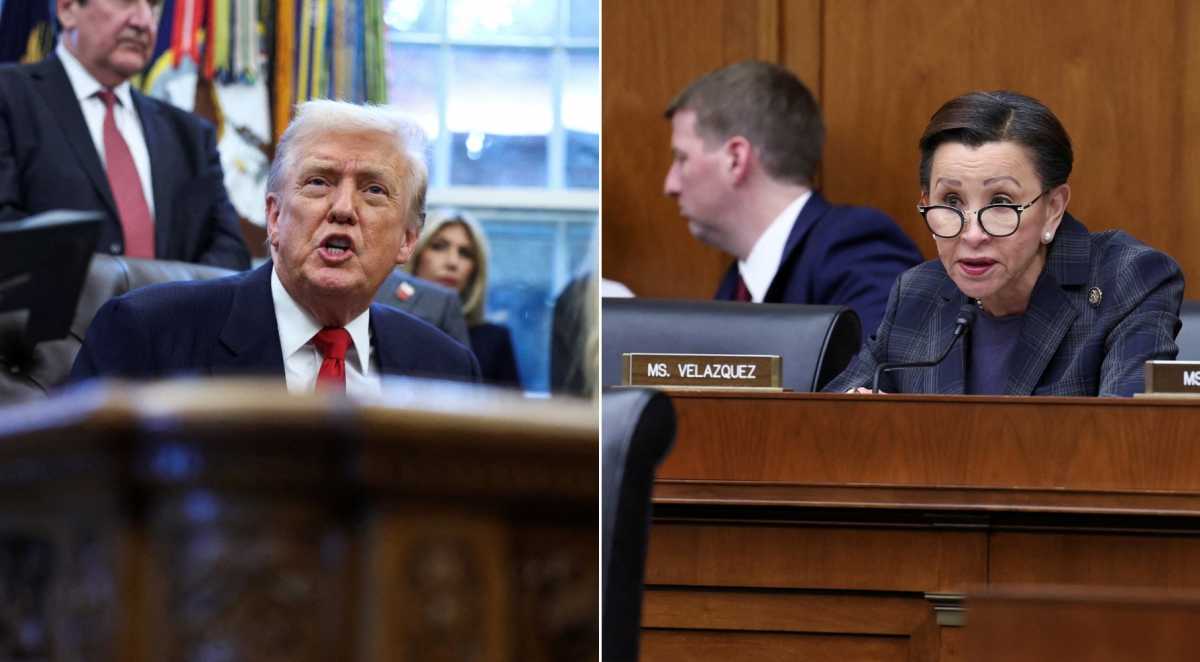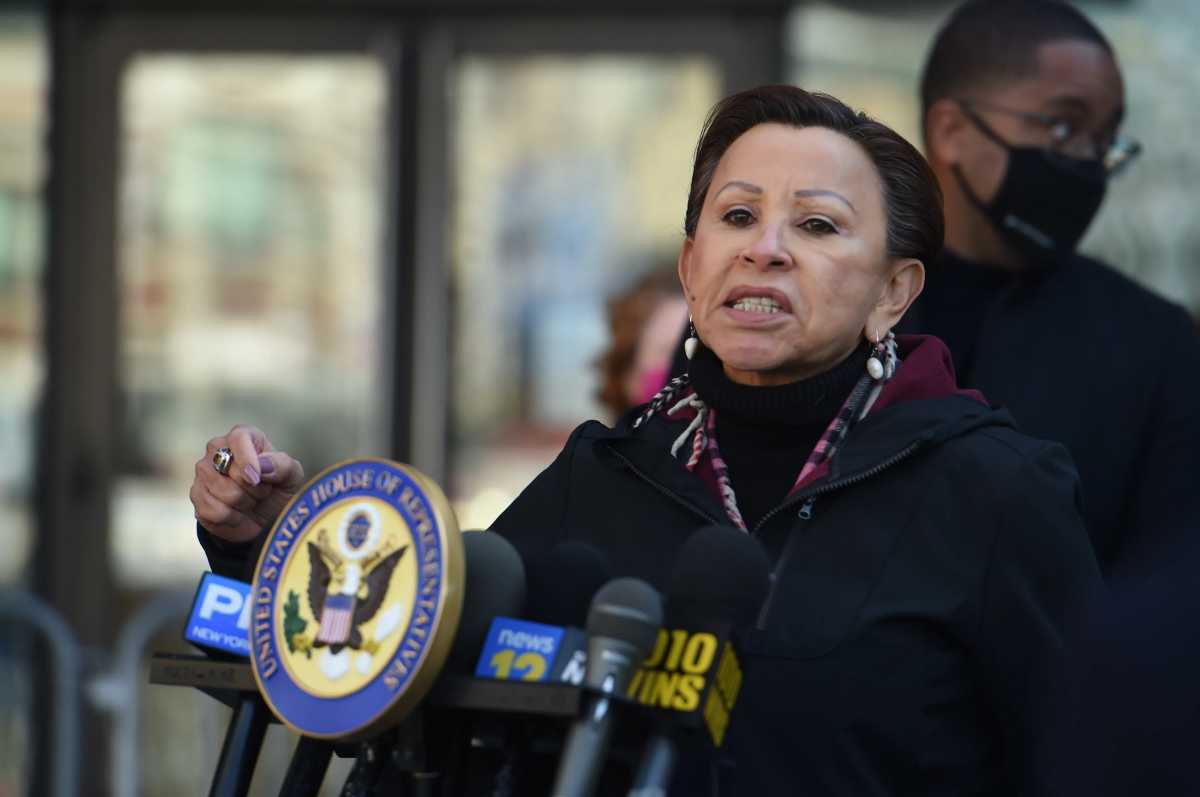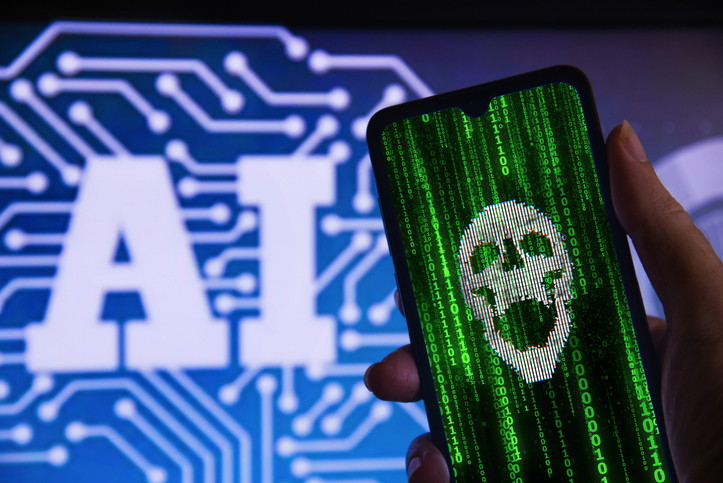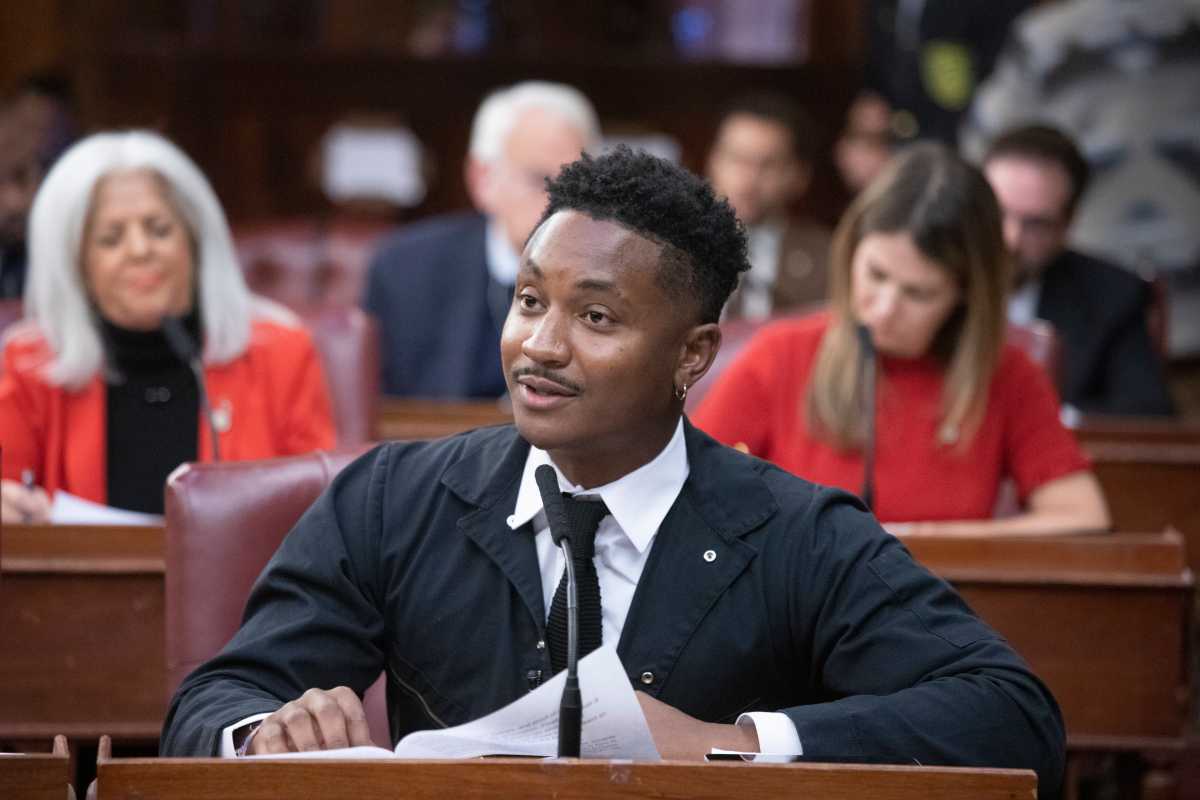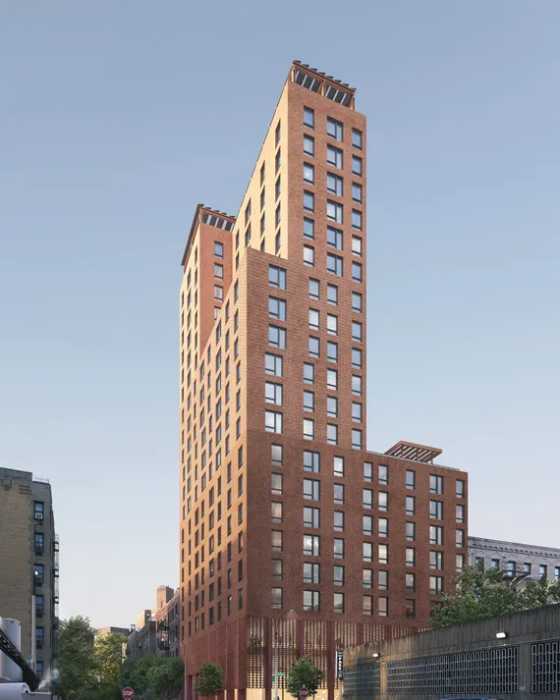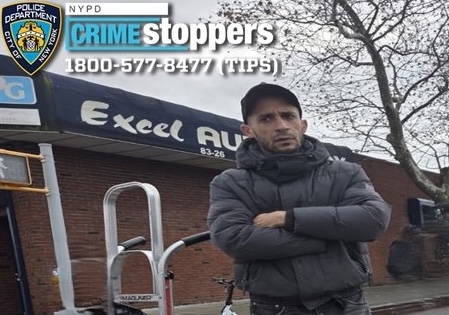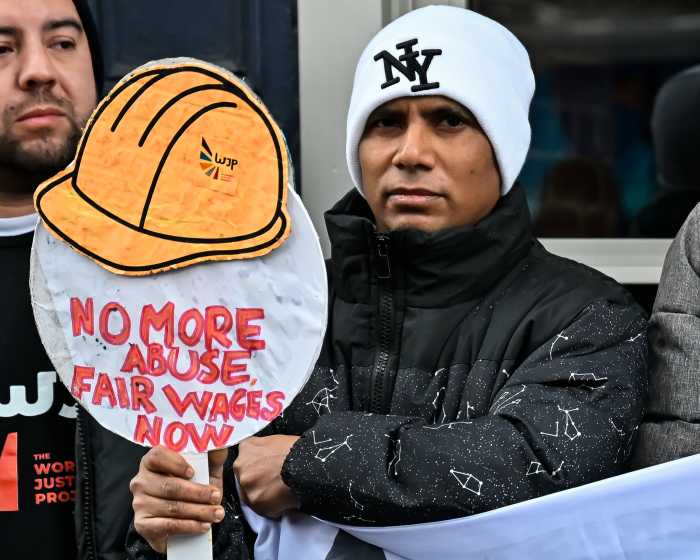When Jessica Morris, a resident of Park Slope, went hiking in Upstate New York on January 2016, she couldn’t know her life was going to change forever.
She was enjoying a day off, with her husband and friends. Then, after lunch, the breakdown came. “I saw everything dark. I was not able to talk. I fell.”
Hours later, the diagnosis shocked Mrs. Morris, who today is 55: glioblastoma (GMB), the most aggressive malign brain cancer known today, knocked on the door. “I told myself: ‘You are going to die, Jessica. But you need to react’.”
And she did it, founding Our Brain Bank.
Launched in 2018, Our Brain Bank is a smartphone application thought up by people with glioblastoma, for people with glioblastoma. It is available for free on Google Play and Apple Store. And it counts on the efforts of a group of people from Brooklyn.

“The app requires patients to rate the state of their health daily, on a scale of 1 to 5, by asking simple questions,” said Mrs. Morris, who moved from the United Kingdom to Brooklyn with her husband and three daughters in 2006.
“We ask patients, How much did you sleep the last night? How much do you feel tired today?” she said.
The app also proposes three games that evaluate the neurological functions of the users: the speed test, the stability test, and the match test.
The data collected “are stored in an open-source database, protected by privacy and anonymous,” says Mrs. Morris. And the database is available to doctors, universities, and scientists.
“The key to tackling this disease is in research, and for too long we’ve lacked the critical insight from patients,” said Dr. Fabio Iwamoto, neuro-oncologist of the Neurological Institute of New York and Our Brain Bank advisory council member when the app was launched in 2018. “OurBrainBank App closes this gap.”
But a cure for this cancer has not been found yet. About 11,500 patients are diagnosed with glioblastoma each year today, according to the Central Brain Tumor Registry of the United States.
The 5-Year Relative Survival Rate is the lowest of every type of brain cancers, according to the American Cancer Society: 8% for 45-54-year-old people, 5% for the 55-64 range.
And only 25% of glioblastoma victims survive for more than one year.
“The treatments help us to ease symptoms, but this is not enough,” said Glenn von Nostitz, 66, an advisory council member of Our Brain Bank, and resident of Park Slope.
Along with Mrs. Morris, Mr. von Nostitz is part of that 25%.
After a life spent in politics, von Nostitz was diagnosed with glioblastoma in January 2016. And he knew Jessica Morris online. After he discovered they were under treatment of the same center in the Columbia University Medical Center, and that they were both from Kings County, they met in person.
“With the app, we want to change the paradigm,” Mr von Nostitz says. “We, the patients, can support the scientists to find a cure.” And the goal is of “moving glioblastoma from terminal to treatable.”
After more than three years of fighting, von Nostitz is still alive, but brain cancer is not the only antagonist he faces. Access to treatments and lack of fundings for the research are two of the biggest challenges.
“The budget committed to the research is not enough,” Dr. Iwamoto acknowledged last year.
Recently, scientists from the Massachusetts Institute of Technology (MIT) in Boston have identified the mechanism by which a specific protein called PRMT5 drives the growth of glioblastoma tumors.
The finding opened new hopes, but the scientists are still far from a cure. And access to treatments is a key factor.
According to a survey conducted by American Society of Clinical Oncology, among caregivers responsible for paying for cancer care, nearly three in four (74%) say they’re concerned about affording it.
Margaret Stitz, the wife of von Nostitz and an advisory council member of Our Brain Bank, is a caregiver. And she does not explain “why we had to fight a whole year to wait for Medicare covering the Optune treatment.”
Optune treatment is a method where adhesive patches are applied to the patient’s scalp. “It is helping me, and I am not the only one,” says von Nostitz, adding that despite being happy to have the coverage from Medicare, he and his wife are worried about who are struggling.
“Our application allows us to help each other,” notes Jessica Morris.
For a few days after that trip in upstate, the feeling of being alone got the better of her. “I was afraid I was the only one to have glioblastoma.”
Soon, she figured it out she was not. “With Our Brian Bank, we want the people who are suffering to know it.”



